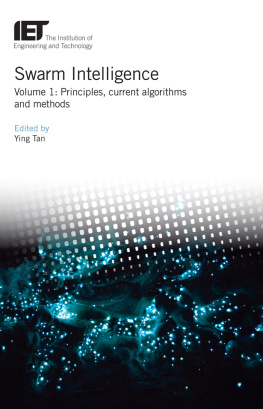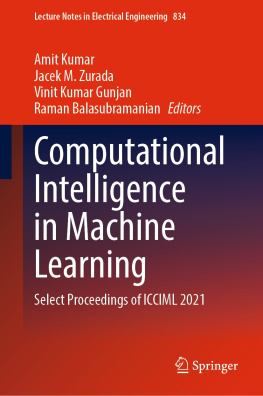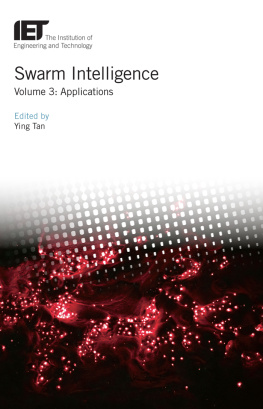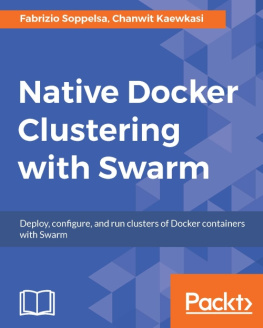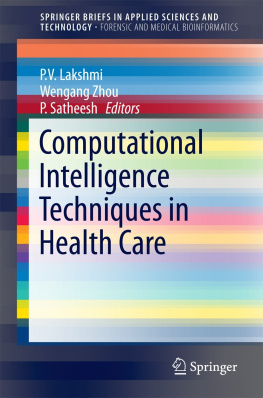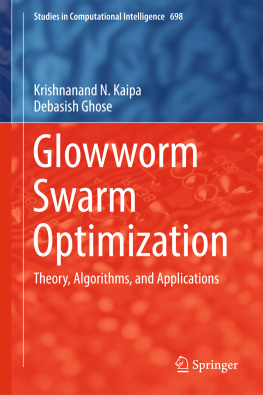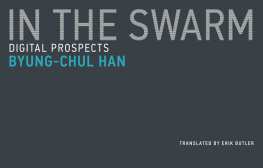About the editor
Dr. Ying Tan is a full professor of Peking University and director of Computational Intelligence Laboratory at Peking University. He is also a professor at Faculty of Design, Kyushu University, Japan. He worked at Columbia University as a senior research fellow in 2017 and at Chinese University of Hong Kong in 1999 and 2004--2005 as a research fellow, and he was as an electee of 100 Talent Program of Chinese Academy of Science (CAS) in 2005. As a visiting professor, he visited many universities including University of California at Santa Cruz, Kyushu University, Auckland University of Technology, City University of Hong Kong, etc. He is the inventor of Fireworks Algorithm (FWA). He serves as the Editor-in-Chief of International Journal of Computational Intelligence and Pattern Recognition (IJCIPR), the Associate Editor of IEEE Transactions on Evolutionary Computation (TEC), IEEE Transactions on Cybernetics (CYB), IEEE Transactions on Neural Networks and Learning Systems (NNLS), International Journal of Swarm Intelligence Research (IJSIR), International Journal of Artificial Intelligence (IJAI), etc. He also served as an Editor of Springer's Lecture Notes on Computer Science (LNCS) for 30+ volumes, and Guest Editors of several referred journals, including IEEE/ACM Transactions on Computational Biology and Bioinformatics, Information Science, Neurocomputing, Natural Computing, etc. He is the founder general chair of the ICSI International Conference series since 2010. He won the 2nd-Class Natural Science Award of China in 2009 and many other awards from academic communities. His research interests include swarm intelligence, swarm robotics, data mining, pattern recognition, intelligent information processing for information security and financial applications, etc. He has published more than 300 papers in refereed journals and conferences in these areas and authored/coauthored 15 books and 20+ chapters in book and received four invention patents.
Acknowledgments
I appreciate the contributors of each chapter for their great work that consists of the main components of this book set in such cutting-edge topics on swarm intelligence. In addition, I owe my gratitude to all the authors who promptly responded my call for chapter proposal, for their valuable participation which makes our work more competitive.
I also would like to thank the valuable experts and reviewers for their constructive suggestions, and earnest and strict reviews to each chapter assigned to them, whose efforts and hard work guarantees such a high-level quality of this book.
For such a tedious editing workload, beside my own hard work and efforts, I have also received a plenty of help and support from my colleagues and graduate students. Without their help, I could not complete such a great work.
I am graceful to Val Moliere, Senior Commissioning Book Editor of The Institution of Engineering and Technology (IET), and Olivia Wilkins, Assistant Editor of the IET for their kind coordination and suggestions during the whole editing process of this book set. In addition, I am also grateful to Mr. Srinivasan N, an energetic editor of the MPS Limited, who has done a lot of editing work during the production of this book.
I want to thank everyone who gave me any assistance or help in the research of such an innovative idea and an amazing work on the title of swarm intelligence.
This book is dedicated to my wife Chao Deng and my daughter Fei Tan for their unconditional love; without their unselfish and salient supports and encouragements, it is impossible for me to make such great work a reality.
While working on this book, I was supported by the Natural Science Foundation of China (NSFC) under grant no. 61673025 and 61375119, and I was also partially supported by National Key Basic Research Development Plan (973) Project of China with grant no. 2015CB352302.
December 12, 2017 Ying Tan
Beijing, China
Chapter 1
Survey of swarm intelligence
Ying Tan
1Department of Machine Intelligence, School of Electronics Engineering and Computer Science, Peking University, China
Abstract
In this chapter, a systematic survey of swarm intelligence is given to show the overview of swarm intelligence, along with some recent developments in swarm intelligence and swarm robotics. First, the concept of swarm intelligence is given. Then, some general researches and several classical algorithms and their developments are presented in detail. After that, some novel algorithms and their applications are reviewed individually. Finally, some developments in swarm robotics are given.
1.1 Introduction
Swarm intelligence is a rising research field under the concept of computational intelligence. Some researchers believe it is a promising approach toward artificial intelligence. In this paper, the concept of swarm intelligence and the tendency of this research field are first introduced. Then some recent developments of swarm intelligence are reviewed, including swarm intelligence optimization algorithms, modeling and theories and swarm robotics.
The emphasis of this survey is placed on recent advances in this field. Still, with thousands of papers published about swarm intelligence every year, it is inevitable that some important and interesting works are not included. Instead of a comprehensive survey, we suggest readers consider this paper as a rather brief index of this field.
1.1.1 Concept
The concept of swarm intelligence was first introduced in 1989 in the context of cellular robotic systems [].
So far, there have been a number of proposed definitions for swarm intelligence. For examples:
- The property of a system whereby the collective behaviors of (unsophisticated) agents interacting locally with their environment cause coherent functional global patterns to emerge [].
- Two or more individuals independently, or at least partially independently, acquire information, and these different packages of information are combined and processed through social interaction, which provides a solution to a cognitive problem in a way that cannot be implemented by isolated individuals [].
- Collective behavior of decentralized, self-organized systems, natural or artificial [].
They look generally similar but actually refer to different things: property, population, behavior, etc.
It is said that the term swarm intelligence is difficult to define because the term intelligence is very obscure itself []:
- It is composed of multiple individuals.
- The individuals are relatively homogeneous.
- The interactions among the individuals are based on simple behavioral rules.
- The overall behavior of the system emerges from the interactions of individuals.
1.1.2 Tendency
So far, more than 12,000 papers have been published in the field of swarm intelligence. It can be seen that the number of papers in this field has been growing dramatically in this century.
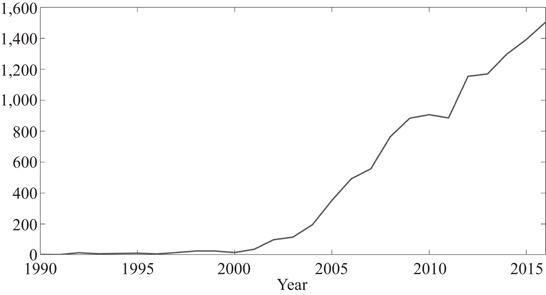
Figure 1.1 Number of papers about swarm intelligence published in each year
In the history of swarm intelligence, PSO, ant colony optimization (ACO) and artificial bee colony (ABC) are the most popular algorithms. Besides, swarm robotics has also been a very hot spot.
shows the countries/territories from which scholars have published most papers. Chinese scholars have contributed about half papers in this field, followed by American and Indian scholars.
1.2 Swarm intelligence optimization algorithms

